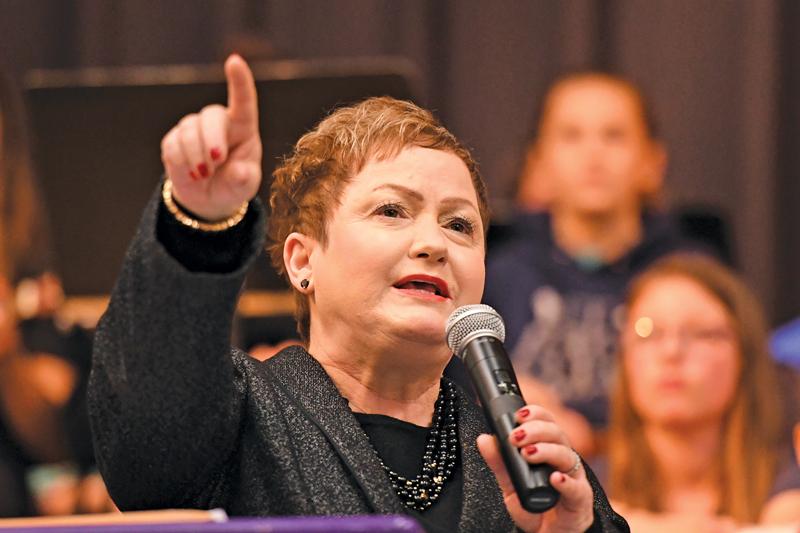Three times in three years superintendent Jeanice Swift has asked voters for money for the Ann Arbor Public Schools. The first two times she got it by overwhelming margins.
Not this time. Voters grudgingly passed the schools’ epic $1 billion bond request by a slim 53-47 percent margin. Compare that with the commanding 70-30 vote to more than double the district’s sinking fund millage in 2017 and last year’s colossal 76-24 margin to renew its operating millage.
The tax increase–$248 annually for a home with a taxable value of $150,000–wasn’t much more than the $225 for the the sinking fund. But the staggering $1 billion total sparked a backlash. While all three requests had independent support committees providing positive lawn signs, only this one had a negative lawn sign campaign–sometimes displayed beside “Support Ann Arbor Teachers” signs. (The teachers’ union remained pointedly neutral on the bond.) And social media chatter trended negative.
The heated debate motivated voters. In total 24,103 folks cast ballots on the bond issue, more than twice the number who voted on last year’s operating extension. Support was strongest in the city and the more affordable neighborhoods in Pittsfield and Scio, but even in Ann Arbor half a dozen precincts voted no.
Absentee votes were 25 percent of the total, up from 22 percent last year and 15 percent in 2017. “We’re certainly seeing an increase in the number of absentee ballots cast as a result of ‘no reason’ absentee voting and the public’s awareness of the convenience of voting absentee,” emails Ed Golembiewski, Washtenaw County’s chief deputy clerk and director of elections.
In 2017 and 2018, absentees were more tax-averse than in-person voters. This year they were more supportive, voting yes by 56 percent to 44 percent. The enlarged absentee electorate may be more liberal, but timing could also explain the difference: absentees who voted early would have been less influenced by the last-minute “no” campaign.
Whatever the reason, the absentees were not decisive: looking at “the total number of ballots cast in this election (24,103 vs. 13,584 in 2017), the difference is much greater than the increase in absentee ballots voted,” Golembiewski writes. “The timing of this election (May vs. November), content of the proposal, media/societal attention to voting in general, all factor in as well.”
A narrow win is still a win. Since her hiring in 2013, the tireless superintendent has raised the district’s enrollment and turned around its fragile finances. Now Swift has the resources to update Ann Arbor’s schools for generations to come.


